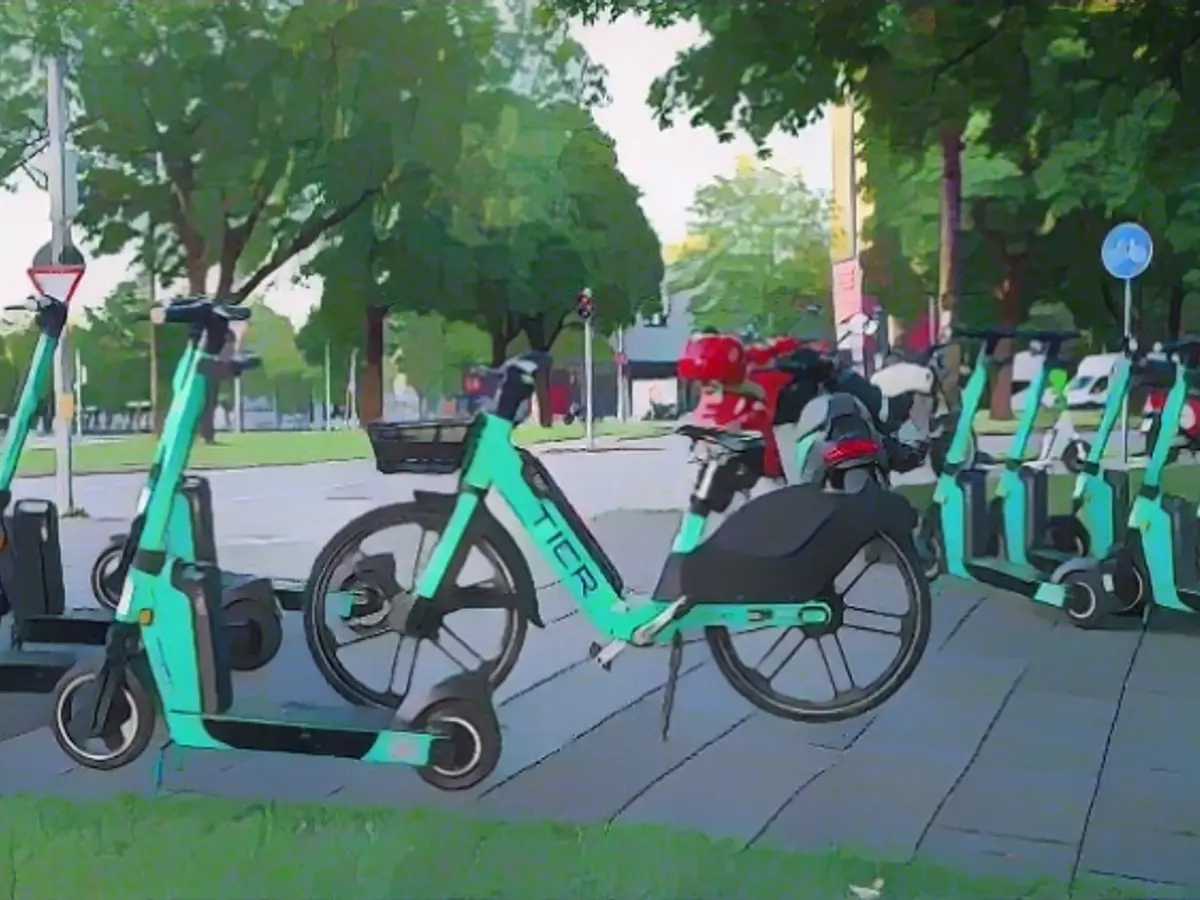The main enemies are e-scooters and cyclists
A survey by the ADAC shows: It is not the car that is the greatest enemy of pedestrians. Instead, they are most annoyed by road users on two wheels. And other pedestrians - only then comes the disruptive factor of car drivers.
From a pedestrian's point of view, e-scooters are the biggest safety factor in urban traffic. According to an ADAC survey, 55 percent of pedestrians feel disturbed by inconsiderate drivers or incorrectly parked scooters. In second place (47 percent) are cyclists, who are accused above all of dangerous overtaking maneuvers.
In third place (31%) are other pedestrians who look at their cell phones or do not pay attention to their surroundings. Only 29 percent of pedestrians surveyed named car drivers as a disruptive factor. Specifically, they complain about drivers turning off who do not pay attention to pedestrians.
Majority of respondents in favor of more traffic lights and crosswalks
When asked about measures to improve road safety, however, the focus returns to cars. The majority of respondents are in favor of more traffic lights. New crosswalks were also called for. In third place are more 30 km/h zones in residential areas. Other suggestions include stricter penalties for parking on sidewalks, both for cars and e-scooters, as well as structurally separate areas for pedestrians and cyclists.
A total of more than 3,200 residents were surveyed in the largest city in each of the 16 federal states. According to the survey, pedestrians felt particularly safe in Potsdam and Munich, with Cologne and Saarbrücken bringing up the rear.
Survey: aggression on Germany's roads on the rise
Only recently, a survey by the German Insurers Accident Research Association (UDV) revealed that road users perceive Germany's roads to be increasingly aggressive. Half of those surveyed stated that they at least occasionally had to react immediately after getting into trouble. In 2016, only just under half as many said this.
According to the study, most road users recognize aggression as a problem, but most lack awareness of their own involvement in it. Self-perception and external perception are far apart.
For example, 96 percent of all car drivers responded that they would overtake cyclists with sufficient distance. At the same time, however, they stated that 93 percent of other motorists perceived them to be too close. The self-perception of cyclists was similarly poor: Just under half of them admitted to occasionally swerving onto the sidewalk, but observed this behavior in 92 percent of other cyclists.
Nevertheless, the majority of road users in Germany feel safe or very safe on the roads. The figure increased slightly from 55% in 2019 to 56%. Generally speaking, men feel much safer, with a share of 64%, than women with 49%.
In addition to e-scooters and cyclists, automobiles also appear as a concern in road traffic surveys. For instance, a survey by the ADAC revealed that 29% of pedestrians named car drivers as a disruptive factor, specifically citing drivers turning off who fail to pay attention to pedestrians.
Ensuring road safety is a concern for various road users, not just cyclists and automobile drivers. In response to measures to improve road safety, a majority of respondents, in a survey, called for more traffic lights and new crosswalks, placing focus on improving conditions for all users, including pedestrians and bicyclists.
Source: www.ntv.de








